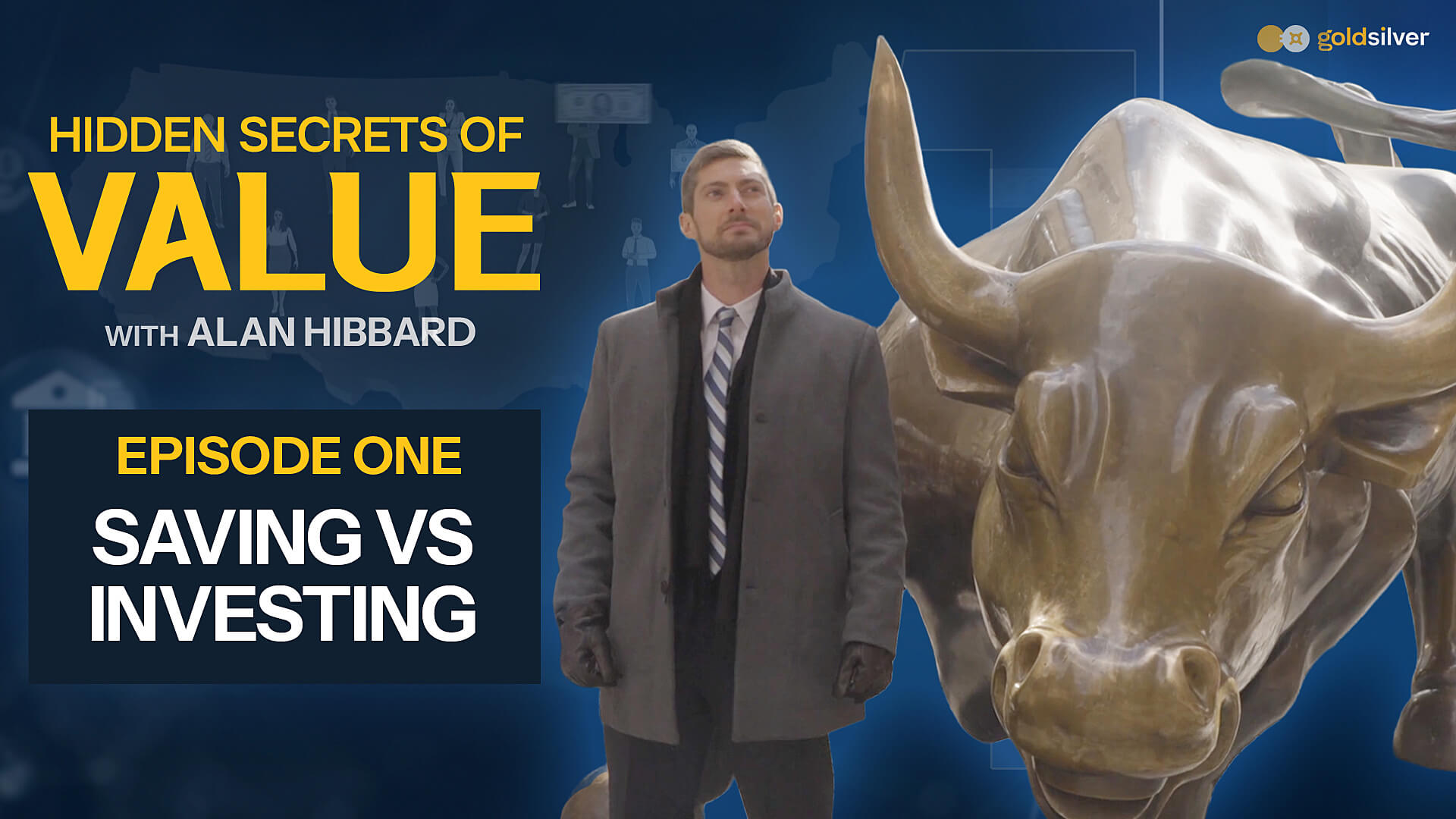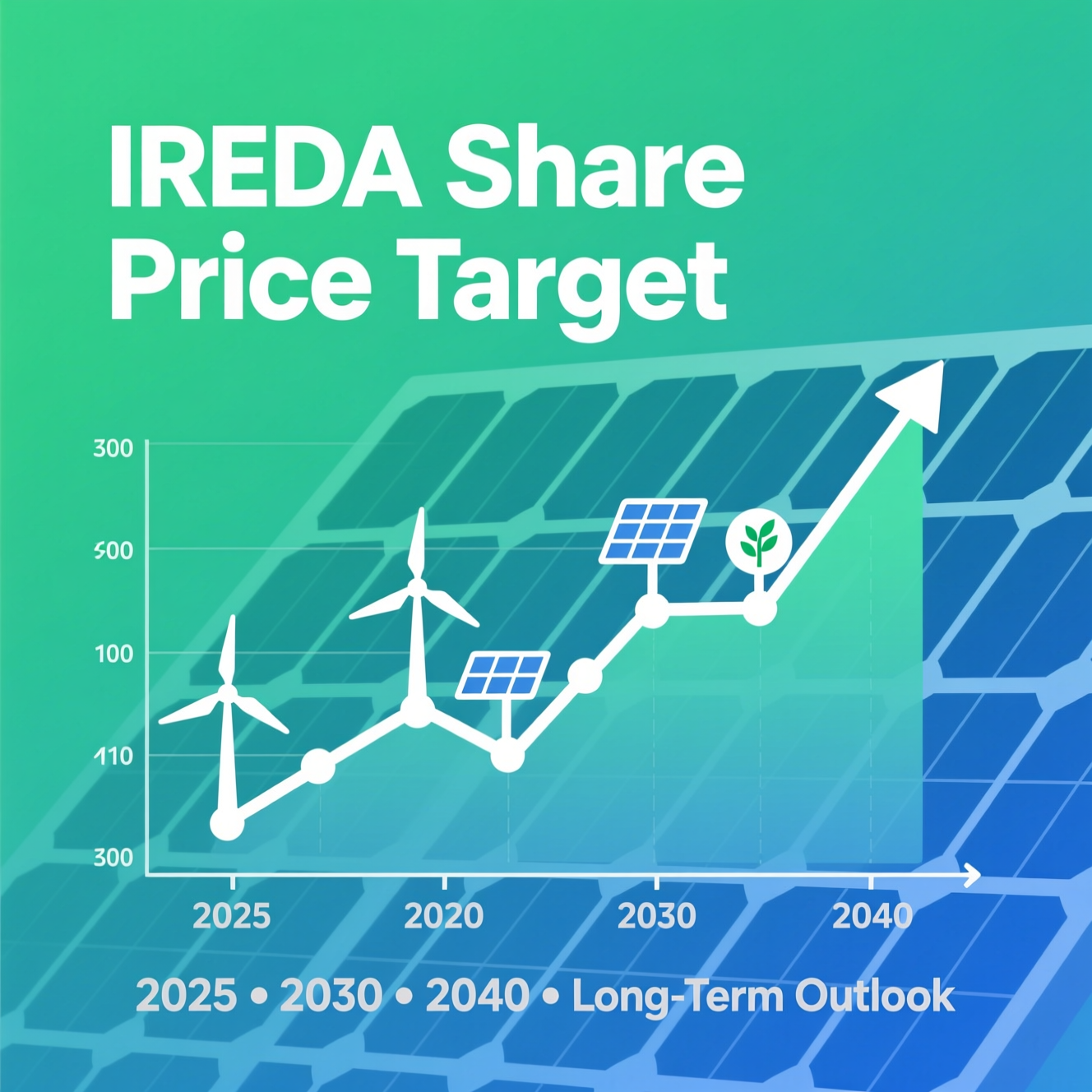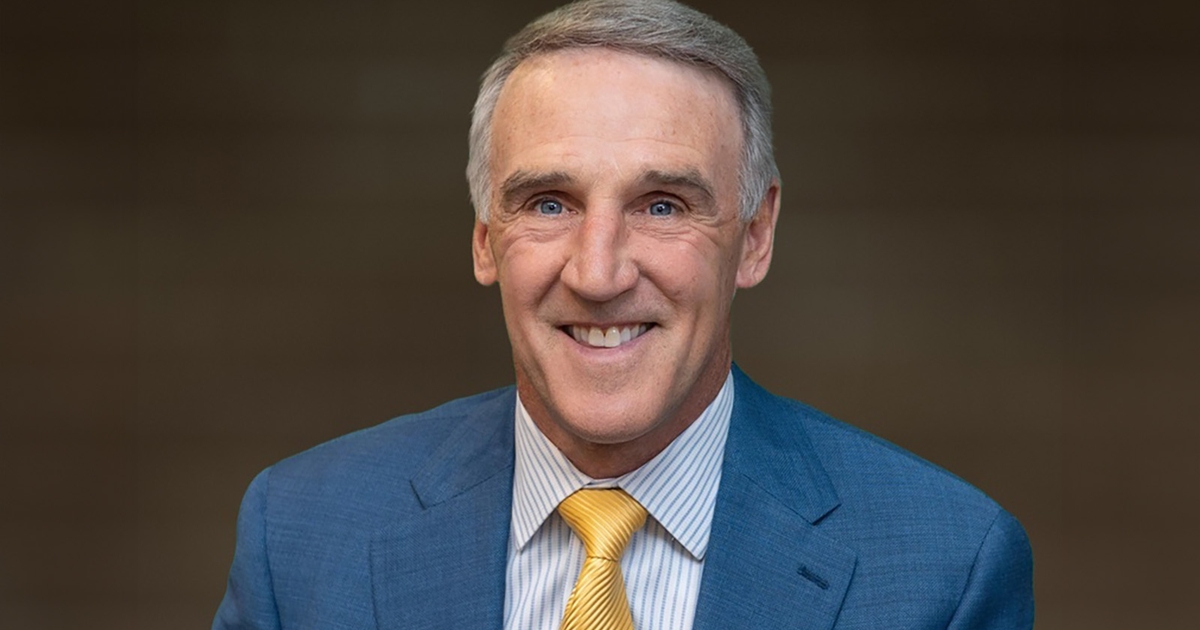The One Shift That Builds Wealth
When did protecting your money start requiring a research department?
You check markets. Chase alerts. Second-guess every move. It’s exhausting — and Episode 1 of Hidden Secrets of Value shows you why the hamster wheel exists and how to step off without going blind.
Price vs. Value: The Core Distinction
Price is what you pay. Value is what you get. That’s not motivational fluff — it’s the filter for every trade you make.
Alan Hibbard reframes value as perceived benefit, which is subjective and always changing. That’s not a flaw — it’s the reason trade and opportunity exist. Your neighbor values a beach vacation differently than you do. Your future self will value security differently than you do today. This constant shift in perception is what makes an economy possible.
Before your next move, ask: What’s the real benefit to me — right now, in my situation?
Real Lessons from Real Risk
Alan shares hard — earned lessons from two classic “investment” arenas:
Real estate: It isn’t automatic. Location, tenant quality, and constant maintenance make or break you. A “passive income” property can bleed capital — and attention — fast. Alan watched his father sink money into rentals that cost more than they earned, turning what looked like wealth — building into a source of family stress.
Stocks: Even blue chips crater. Paper strength ≠ durability. When everyone crowds into “safe” indexes, you’re often paying top dollar for groupthink. Alan’s mother lost her job and her savings when her employer — a bank that looked rock-solid — filed for bankruptcy.
The takeaway: return requires risk, effort, and upkeep — and that upkeep is often what turns “investing” into overtime.
Rethinking “Saving” (and Why Fiat Fails)
Here’s the uncomfortable truth: holding dollars isn’t “safe.” It’s an investment in a guaranteed loser.
Dollars lose value. That’s the trade you’re making when cash sits idle. Most people treat holding dollars as “saving” and anything else as “investing.” Alan flips that. If your “safe” bucket is sitting in cash, you’re choosing to lose purchasing power there.
By contrast, saving means parking wealth in real money — assets the market holds for monetary reasons, historically led by gold and silver (with Bitcoin emerging for some). These don’t promise yield because they’re not supposed to. They’re money. Their job is to hold value so you don’t have to chase returns just to break even.
Build a Calm, Durable Plan
Episode 1 gives you a foundation: separate saving from investing, park your “sleep-well” money in real assets, and stop monitoring 24/7. If you want to chase returns after that, fine — but you’re doing it from strength, not panic.
Watch the full video: 👉 Hidden Secrets of Value – Episode 1: Saving vs. Investing.
Want to go deeper? Alan’s put together a free bonus report — 12 Ways People Lose Value — that walks through the most common wealth-draining mistakes (including a few that catch even seasoned investors off guard). Grab it alongside the video series.
People Also Ask
What’s the real difference between saving and investing?
Alan frames saving as holding real money that preserves purchasing power (e.g., gold and silver), while investing takes on risk in pursuit of return. Start with preservation, then take selective risks—watch the full episode for the simple framework and examples.
Is holding cash actually “saving”?
Alan argues holding fiat cash is effectively an investment in a guaranteed loser because purchasing power erodes over time. See how he separates savings from risk assets in Episode 1, then explore GoldSilver’s research on building a preservation-first plan.
Why does “price vs. value” matter for my portfolio?
Price is what you pay; value is the perceived benefit you actually get—across time, energy, and money. The episode shows how this lens helps you avoid overpaying for comfort and make cleaner decisions; watch Episode 1 to apply the filter before your next move.
Is there a simple, “set-and-forget” strategy for volatile markets?
Yes. Episode 1 outlines a preservation-first approach that starts with real money (gold/silver) so your core savings aren’t hostage to daily swings. Watch the episode to learn the framework.
Why do gold and silver have no yield—and is that a problem?
They’re forms of money, designed to preserve value rather than generate cash flow; yield requires risk, which can backfire. Episode 1 explains when to save vs. when to seek returns, and GoldSilver’s site walks through practical ways to implement it.




Post Comment